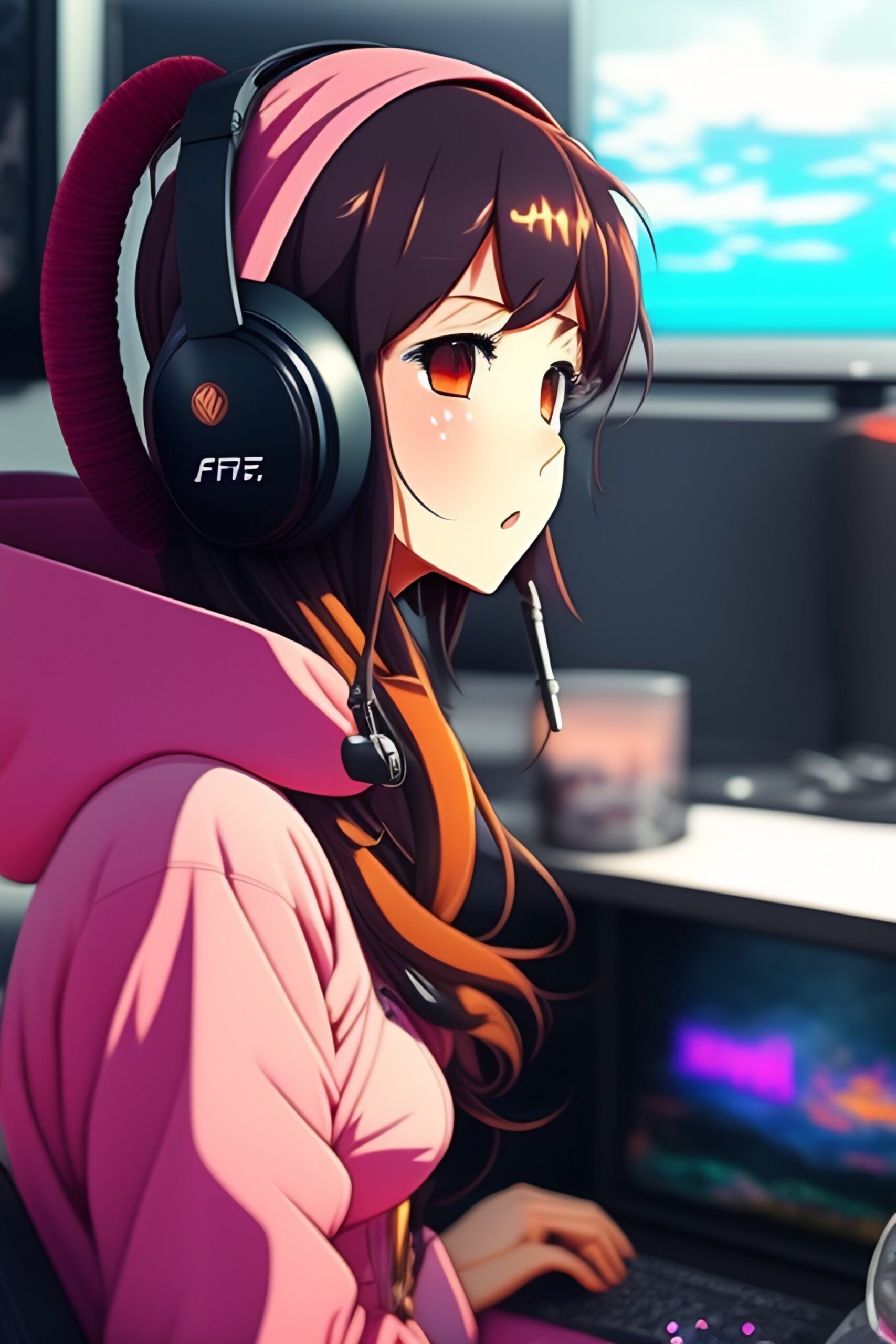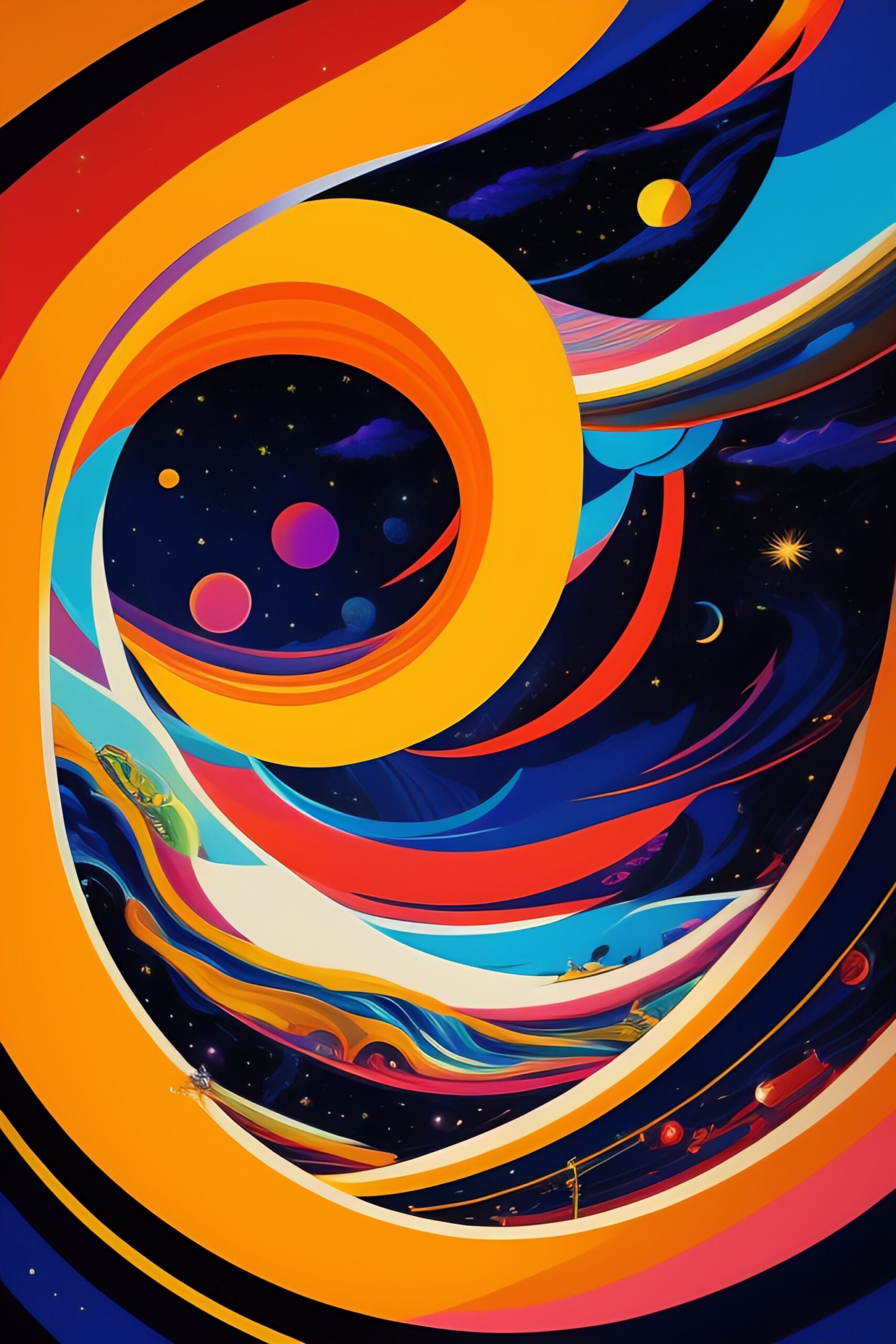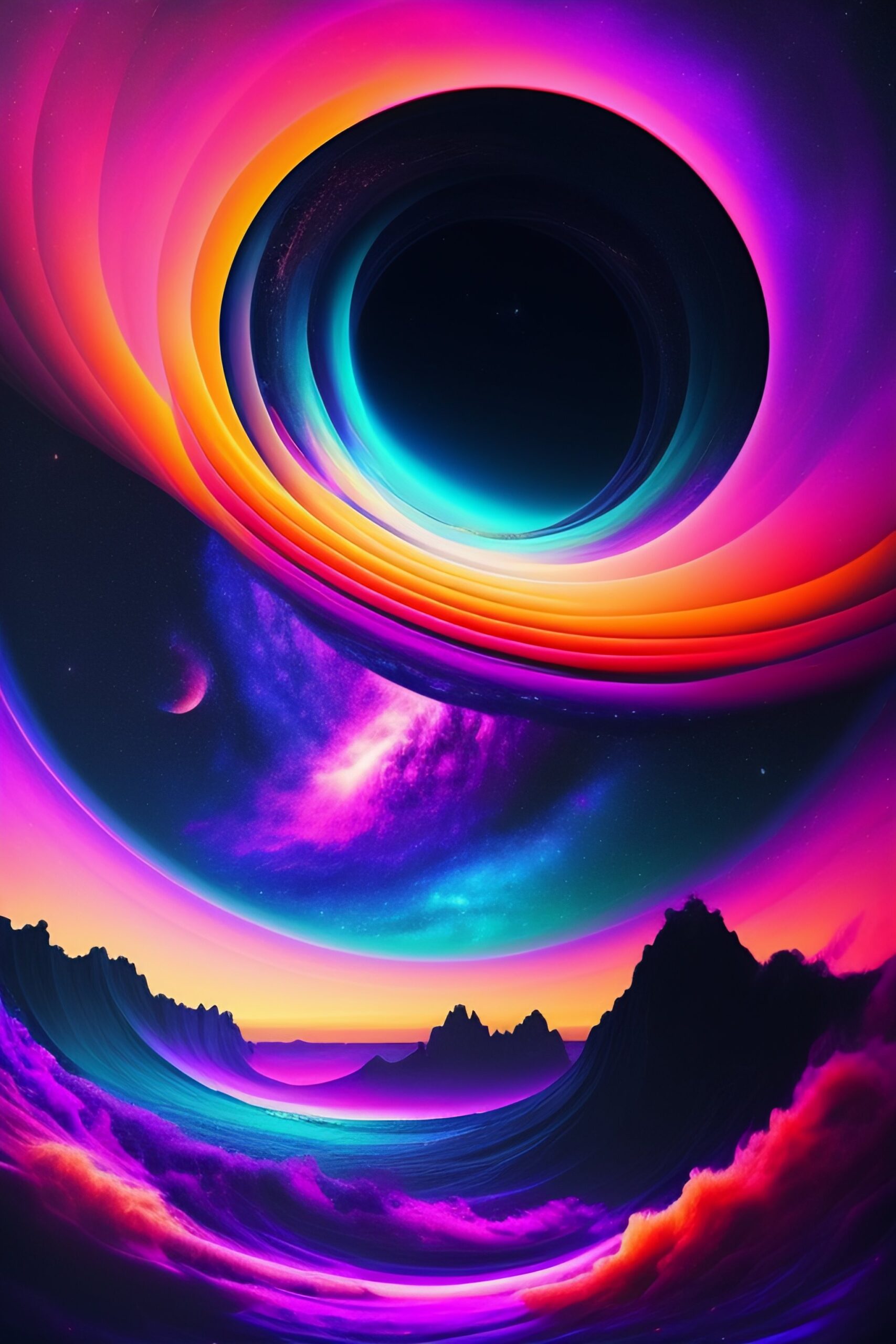In the vast landscape of electronic music, certain genres stand out for their intensity, innovation, and the ability to evoke deep emotions. These are the sounds that resonate in the dark corners of clubs, pulse through underground raves, and influence artists across the globe. Genres like Electronic Body Music (EBM), Dark Trap, Dark Tempo, Industrial, and Intelligent Dance Music (IDM) each offer a unique experience, blending elements of electronic music with darker, more complex themes. In this article, we’ll explore these powerful genres, uncovering their origins, their impact on the music scene, and why they continue to captivate listeners around the world.
Electronic Body Music (EBM): The Pulse of Industrial Dance
Electronic Body Music, or EBM, is a genre that fuses the raw, mechanical sounds of industrial music with the energy and rhythm of dance music. Emerging in the late 1970s and early 1980s, EBM became a defining sound in underground clubs, particularly in Europe. Bands like Front 242, Nitzer Ebb, and Die Krupps pioneered the genre, creating tracks that were both danceable and aggressive, with pounding beats, repetitive basslines, and shouted vocals.
EBM’s influence extends far beyond its origins, impacting the development of other genres such as Industrial and Techno. Its focus on rhythm and body movement makes it a staple in alternative dance clubs, where the music’s intensity creates an almost primal connection between the sound and the listener.
What sets EBM apart is its ability to merge the cold, calculated sound of machines with the visceral energy of dance music. It’s music that feels both mechanical and human, making it a powerful force on the dancefloor and an enduring genre in the world of electronic music.
Dark Trap: Aggression and Atmosphere in Perfect Balance
Dark Trap takes the foundations of trap music—known for its heavy bass, hi-hats, and rolling snares—and infuses it with darker, more atmospheric elements. This genre is characterized by its intense, often menacing sound, with artists like $uicideboy$, Scarlxrd, and Bones leading the charge. Dark Trap often features eerie melodies, distorted basslines, and lyrics that explore themes of existentialism, mental health, and inner conflict.
The allure of Dark Trap lies in its raw emotion and unapologetic intensity. The beats are heavy, the mood is dark, and the music pulls no punches. For listeners, it’s an outlet for pent-up energy and emotion, a way to connect with the darker aspects of the human experience through sound.
In the broader context of electronic music, Dark Trap represents a fusion of hip-hop’s rhythmic intensity with the brooding atmosphere of genres like Industrial and Dark Tempo. It’s a genre that’s constantly evolving, pushing the boundaries of what trap music can be and attracting a growing audience of fans who crave its intensity and depth.
Dark Tempo: A Journey into Slow, Introspective Beats
Dark Tempo is a subgenre of electronic music that focuses on creating deep, immersive atmospheres through slower, more deliberate rhythms. Unlike the high-energy beats of mainstream EDM, Dark Tempo tracks are often slower, with a focus on mood and texture over speed and intensity. This genre is perfect for those late-night listening sessions where the goal is to get lost in the music.
Artists like Burial, Massive Attack, and Fever Ray have been instrumental in shaping the sound of Dark Tempo, blending elements of dubstep, ambient, and downtempo to create music that’s rich in emotion and atmosphere. The beats are subtle but powerful, creating a sense of space that allows the listener to fully immerse themselves in the sound.
Dark Tempo is music for reflection. It’s a genre that invites introspection, encouraging the listener to explore their thoughts and feelings as they move through the sonic landscapes created by the music. Whether you’re looking to unwind after a long day or simply want to experience music on a deeper level, Dark Tempo offers a unique and rewarding listening experience.
Industrial: The Harsh Sound of a Dystopian Future
Industrial music is a genre that emerged in the late 1970s, characterized by its abrasive sound, often incorporating elements of noise, distortion, and aggressive rhythms. This genre is the sonic embodiment of a dystopian future, where the sounds of machines and technology merge with human emotion to create something powerful and unsettling.
Artists like Throbbing Gristle, Nine Inch Nails, and Ministry have been at the forefront of the Industrial music scene, creating tracks that challenge the listener both sonically and thematically. The music often explores themes of alienation, societal decay, and the tension between man and machine, making it a genre that resonates with those who feel out of place in a rapidly changing world.
Industrial’s influence extends far beyond its own genre, impacting everything from EBM to Dark Trap. Its harsh, mechanical sound has become synonymous with the idea of a dystopian future, making it a staple in film soundtracks, video games, and fashion.
What makes Industrial music so compelling is its ability to evoke a strong emotional response. The pounding rhythms, distorted sounds, and aggressive energy of Industrial tracks create an intense listening experience that’s unlike anything else. It’s music that doesn’t just entertain—it challenges and provokes, making it a powerful force in the world of electronic music.
Intelligent Dance Music (IDM): Complexity and Emotion in Harmony
Intelligent Dance Music, or IDM, is a genre that pushes the boundaries of what electronic music can be. IDM is characterized by its complexity, with intricate rhythms, unconventional song structures, and a focus on melody and texture. Artists like Aphex Twin, Autechre, and Boards of Canada have been instrumental in shaping the sound of IDM, creating music that’s as challenging as it is rewarding.
IDM is often seen as the thinking person’s electronic music. It’s a genre that encourages close listening, with tracks that reveal new details with each listen. The music is often experimental, blending elements of ambient, techno, and even classical music to create something that’s truly unique.
What sets IDM apart is its focus on emotion and atmosphere. While the beats and rhythms are complex, there’s always a sense of underlying emotion, whether it’s the melancholic beauty of a Boards of Canada track or the unsettling intensity of an Aphex Twin composition. IDM is music that speaks to the mind as much as it does to the body, making it a genre that’s as intellectually stimulating as it is emotionally resonant.
The Cultural Impact of Dark Electronic Music
The genres we’ve explored—EBM, Dark Trap, Dark Tempo, Industrial, and IDM—may not dominate the mainstream, but their influence on the music world and beyond is undeniable. These genres have carved out a niche for themselves, attracting listeners who are drawn to their intensity, complexity, and emotional depth.
In a world that often feels chaotic and uncertain, the introspective nature of dark electronic music offers a refuge. It’s music that encourages listeners to explore the darker, more complex aspects of the human experience, providing a space for reflection and emotional connection.
Moreover, the rise of digital platforms has made it easier for these genres to reach a global audience. Artists can now connect with fans around the world, sharing their music and building communities online. This has led to a resurgence of interest in dark electronic music, with more and more listeners discovering the power of these intense, innovative soundscapes.
The Future of Dark Electronic Music
As technology continues to evolve, so too will the genres of dark electronic music. Innovations in music production, virtual reality, and artificial intelligence are set to push these genres in new and exciting directions, creating even more immersive and dynamic listening experiences.
We can expect to see further experimentation as artists continue to blur the lines between genres, creating hybrid sounds that defy easy categorization. Whether it’s through new production techniques, collaborations between artists from different genres, or the incorporation of cutting-edge technology, the future of dark electronic music promises to be as innovative and boundary-pushing as its past.
For fans of EBM, Dark Trap, Dark Tempo, Industrial, and IDM, this is an exciting time. The music is evolving, the community is growing, and the possibilities are endless. As we move forward, these genres will undoubtedly continue to shape the landscape of electronic music, influencing artists and listeners alike.
Final Thoughts
The dark side of electronic music offers a world of intensity, emotion, and innovation. Genres like EBM, Dark Trap, Dark Tempo, Industrial, and IDM push the boundaries of what music can be, creating soundscapes that are as deep and complex as the emotions they evoke.
As these genres continue to evolve, they will play a crucial role in shaping the future of electronic music and the broader music landscape. Whether you’re a longtime fan or new to the scene, there’s never been a better time to explore the dark, compelling world of electronic music.
So turn off the lights, plug in your headphones, and let yourself be drawn into the shadows of sound. The journey awaits.



